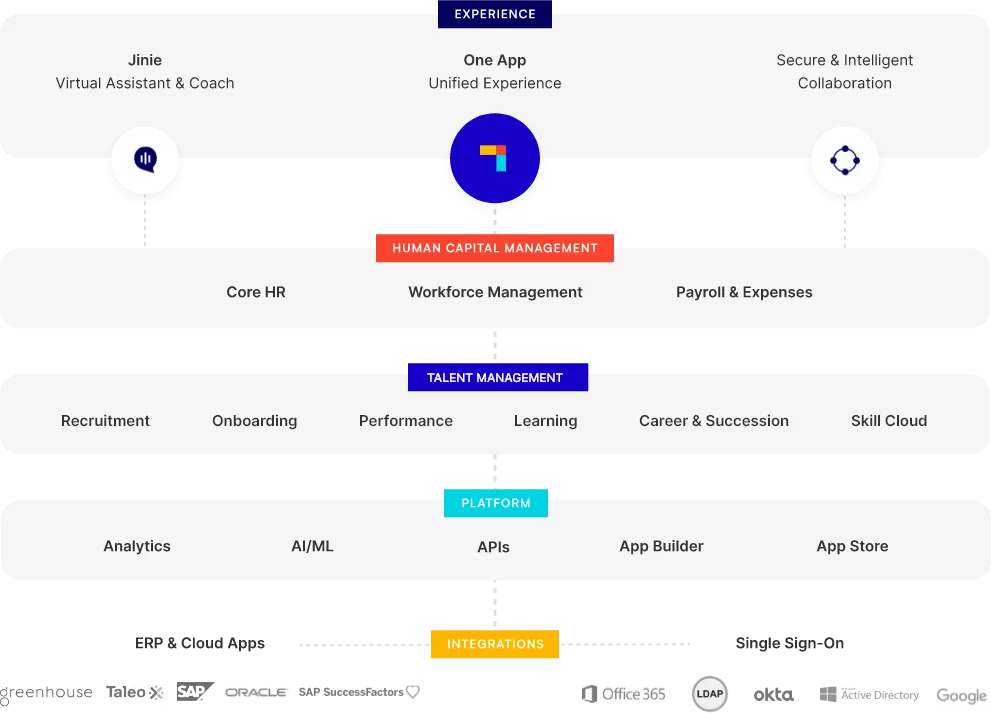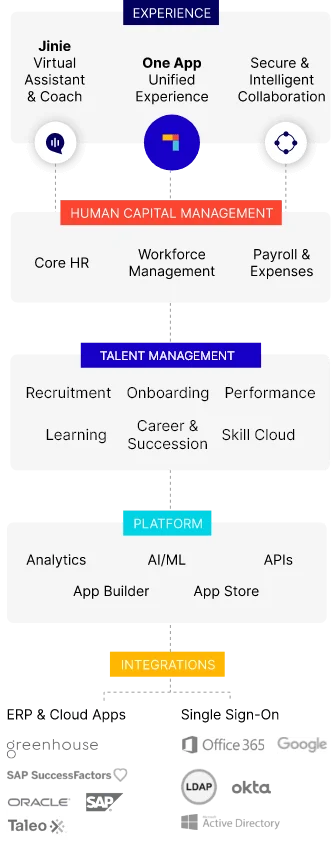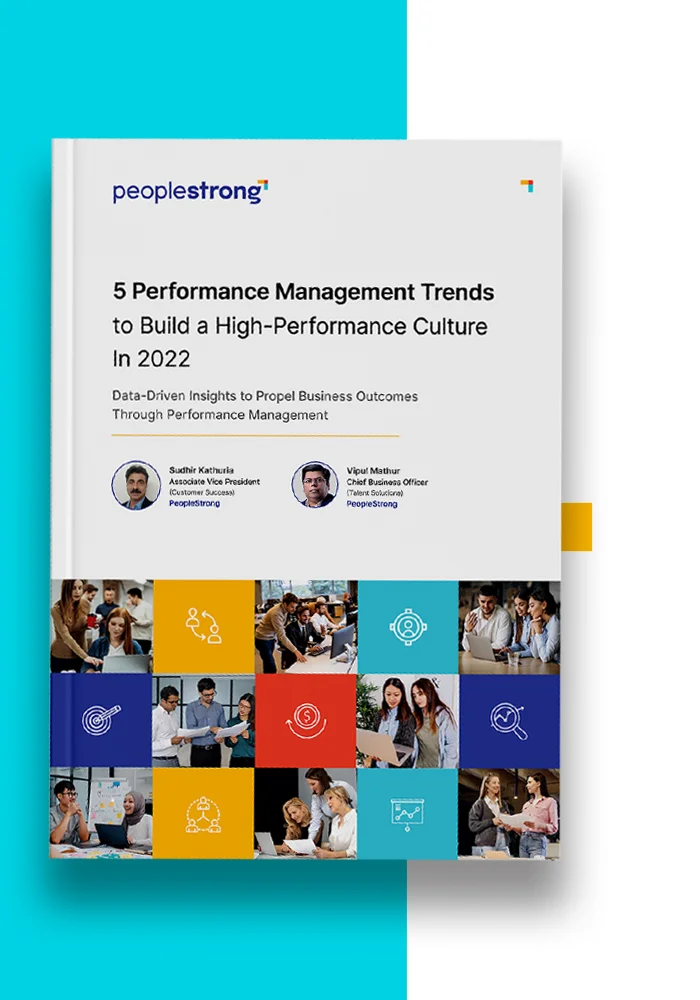According to the Khaleej Times, over 70% of companies in the UAE use a hybrid work model.
With more and more companies opting for a remote or hybrid work approach, screening in recruitment is now more important than ever to filter out unfit or potentially harmful candidates.
But what is the recruitment screening process, and how can you make it more efficient? Read on to learn all you need to know about applicant screening in recruitment.
What is the Recruitment Screening Process?
The recruitment screening process is the second key step in the hiring process, which comes after job posting. Once a recruiter gets applications for a job, they go through those and filter out candidates who are not a good fit for the job or company.
Here’s a process flow diagram showing where the candidate screening process fits within the overall hiring process.
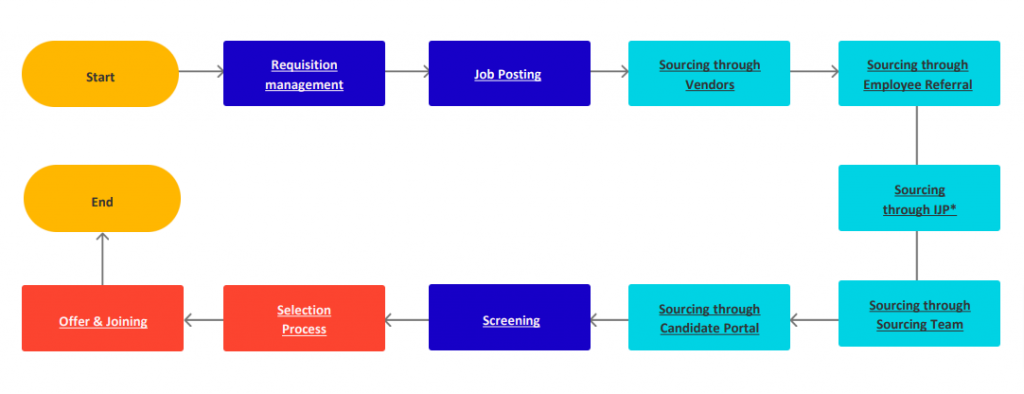
This is a crucial stage in the hiring process, as it ensures that only the best candidates move to the selection phase. It saves hiring managers time and effort and ensures that the most suitable candidates get the job.
The Importance of Screening in Recruitment
Did you know that regulatory compliance is the main reason why companies in the Middle East conduct employee screening?
Maintaining safety and security is another consideration.

This is unlike other regions, where the primary goal is to get a better quality of hires.
Given the stringent compliance requirements and laws in the region, it’s no wonder that companies focus so much on the recruitment screening process. Let’s discuss some of the benefits of screening to identify suitable candidates.
Ensures a Safer Workplace
Applicant screening involves detailed background and reference checks to weed out unfit and potentially harmful candidates with a poor track record.
There are various background verification software that can help you conduct:
- Criminal background check
- Identity verification
- Past work experience verification
- Education and certification verification
The best part is that the process doesn’t require hours of manual work. Using an AI-powered software solution, you can complete it in minutes.
According to PeopleStrong’s data, an applicant screening solution can reduce the screening time by 30%.
Find Good-Fit Candidates
Candidate screening is crucial to ensure you find candidates who are best fit for the role. According to a HireRight survey, 56% of recruiters in the EMEA region say that screening helps them find better-quality candidates.
Using good AI-powered recruitment software, you can go through hundreds of applications and find the ones that best fit the profile.
Such software solutions scour the applications for specific keywords, typically skills and core competencies, and select the ones that use relevant keywords.
Improves Retention Rate
If you don’t screen candidates, you may end up wasting hours interviewing candidates who are not a good fit for the role. This leads to a bad experience for both the interviewers and the candidates.
If such candidates pass the technical tests and join your company, they may still leave if the work environment and culture don’t align with their values.
Proper screening helps you filter out candidates who are not a good fit culturally and only pass the most suitable candidates to the selection process. This ensures that candidates you hire have both the technical skills and values that make them perfect for the job.
Such candidates are less likely to leave due to poor cultural fit.
Ensures Compliance with Regulations
Many countries in the Middle East have specific labour laws and regulations that govern the hiring process.
For instance, you need to ensure that employees have the necessary visas and work permits that allow them to work in your country.
Through comprehensive applicant screening, you can shortlist candidates who meet the requirements and are legally eligible to work in your country.
Suggested Read: How to Improve Your Recruitment Process: Step-by-Step Manual
How to Conduct the Recruitment Screening Process
Here’s a step-by-step guide to conducting a candidate screening process.
1. Assess Minimum Qualifications
The first step in the recruitment screening process is to shortlist candidates based on minimum qualifications.
Important applicant screening criteria that should be included are:
- Start date: Select candidates who can join your company as soon as possible.
- Location: Check whether a candidate is willing to relocate or already lives in the required location.
- Compensation: Filter out candidates whose salary expectations do not match the compensation you’re willing to offer.
- Education: Remove candidates who do not match the role’s required education criteria.
- Experience: Filter candidates based on their past relevant experience.
- Skills: Shortlist candidates based on their skills and core competencies and whether they match the role’s requirements.
Recruitment software can scan through hundreds of resumes and applications and filter candidates based on these criteria.
PeopleStrong’s resume parsing and candidate matching feature is perfect for this.
2. Research the Candidate Online
According to a HireRight survey, 19% of respondents in EMEA use social media screening in their recruitment screening process. This is one of the prominent hiring trends of recent years.

This helps recruiters understand a candidate’s personality and how they interact with others. For instance, someone who frequently trolls people online or leaves hate comments is not someone you want working in your organisation.
Online and social media behaviours can tell a lot about a person’s personality, which is why more and more companies are introducing online screening to their hiring process, and so should you.
3. Shortlist Based on Preferred Qualifications
Once you have shortlisted candidates based on minimum qualifications and done an online profile screening, you can move to a more detailed screening round.
At this stage, you should compare the various applicants’ qualifications and skills. Prefer candidates with additional skills than the minimum requirements.
Sort the list of applicants based on their qualifications and move the top ones to the next stage.
4. Conduct a Pre-Screening Interview
This is typically a phone interview where a recruiter calls a candidate and asks some qualifying questions.
You should ask specific questions about each candidate’s past work experience and roles & responsibilities. This will help both you and the candidate understand whether the role is right for them.
PeopleStrong’s Recruit solution can help you generate Criteria-To-Qualify (CTQ) or pre-screening questions for this stage.

5. Assign an Online Skill Test
This is a short test that helps recruiters test candidates on essential skills required for the job without yet involving the interviewers and hiring managers.
The goal is to quickly test candidates’ skills and filter out candidates who are not technically strong.
PeopleStrong’s plug-in assessments feature can help you quickly create and send online assessments to candidates. It integrates with tools like Microsoft Teams, Wheebox, Cocubes, and Aspiring Minds to save 70% time on assessments.
6. Check References
Checking references that applicants have added to their applications helps you verify their past work history.
Talking to a previous manager also helps you understand a candidate’s work ethic and working style.
Please note that candidates typically give contact details of people they have a good rapport with. So, don’t expect them to give you red flags pertaining to a candidate.
You can, however, verify information like:
- Start and end date of their employment with a company
- Their core job responsibilities and overall performance
- Examples of team collaboration and teamwork
- Their key strengths and areas of improvement
- Their attendance record and punctuality
7. Run a Background Check
Lastly, conduct a thorough background check of a candidate’s:
- Employment history: Verify whether they have worked with the companies they mentioned and for the same duration as on their resume.
- Education history: Ask for educational degrees and other certifications to verify a candidate’s educational background.
- Criminal record: Hire an agency or use background verification software to see if a candidate has any criminal record.
- Right to work: Check the Visa and eligibility requirements to see if a candidate is legally allowed to work in your country.
- Drug screenings: Make drug screenings a part of your screening process to avoid candidates with a history of substance abuse.
Use good recruitment software like PeopleStrong to store all the documents candidates submit for background verification purposes. This will allow you to conduct the verification online using AI to parse through the document instead of doing it manually.
According to our internal data, effective documentation technologies save over 30% time that recruiters typically spend on this.
Move the candidates who pass the background check to the selection process, where their skills will be tested more comprehensively.
Key Challenges Recruiters Face in Applicant Screening
Here are some of the big challenges recruiters in the Middle East face during applicant screening.
False Information Provided by Candidates
One of the biggest discrepancies companies in the Middle East (EMEA) find during background screenings is false information on employment and educational credentials.

Candidates lying about their past work experiences and educational qualifications is a big hassle, which mandates the need for thorough background checks. Conducting such checks manually is tedious and time-consuming.
✅ Solution: Automate the process by using a background verification software solution that can provide thorough employment verification, education verification, and criminal background checks.
Too Many Applications
Another challenge that recruiters face is getting too many applications for a role.
According to a survey, 68% of white-collar workers in the UAE are active job seekers. Another survey found that 59% of professionals in the UAE check LinkedIn daily to look for a job.
Given the number of active job seekers, it’s no wonder recruiters get hundreds of applications for any role. Sorting through these to find the right candidates takes a lot of manual effort and time, lengthening the screening process.
✅ Solution: Use an integrated recruitment software to automate the process and save time. With PeopleStrong Recruit, recruiters can effortlessly broadcast their job openings not only on traditional job boards but also across 3500+ job platforms, internal portals, and various social media platforms. This extensive integration ensures that your job listings gain maximum visibility, reaching potential candidates wherever they may be active online.
Human Bias in Screening
The Middle East has a multicultural workforce. No matter how much recruiters try to be objective, some human bias may arise when screening candidates manually.
If a recruiter has any cultural or racial biases, the company could face discrimination charges for rejecting skilled candidates because of those.
✅ Solution: Using AI for candidate screening can effectively reduce human bias. AI-based tools scan applications and resumes for specific skills and keywords to find the right fit.
AI can eliminate any biases related to religion, gender, race, etc. when used for screening purposes.
Skill Shortage
According to Forbes Middle East, the region faced a major skills shortage during the COVID-19 pandemic. 49% of employers believed there would be a skills shortage as expatriate employees move back to their home countries during the pandemic.
A 2023 survey confirms the skill shortage, with reported talent deficits in UAE and KSA at 24% and 30%, respectively.
Finding the right candidates when there’s already a skill shortage is a big challenge recruiters are facing in the Middle East, especially in the UAE and Saudi Arabia.
✅ Solution: One way to overcome this challenge is to broaden your skill search when using AI tools. Don’t limit yourself to a few core skills and keywords; instead, use broader search criteria.
Adding skills in PeopleStrong Recruit is super easy. You can add as many skills as you want and mark the mandatory skills by starring them.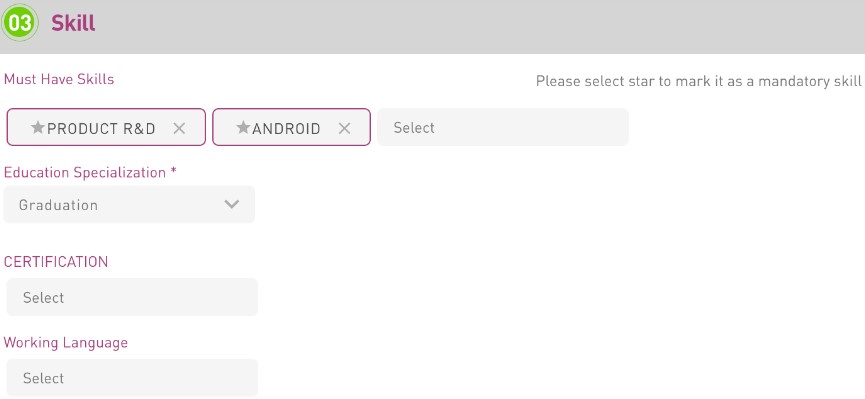
Also, focus on upskilling and training employees once you hire them rather than trying to find the perfect fit while screening and hiring.
Long Process
Given that many economies in the Middle East, such as the UAE, rely mainly on expatriates, the hiring screening process becomes longer and more complex.
In addition to regular screening, you need to check the Visa and eligibility requirements to work in your country.
As previously mentioned, many candidates lie on their resumes, making thorough background screenings a necessity and further complicating the screening process.
✅ Solution: Investing in AI and automation is the best way for you to shorten the process and save time and effort. Recruitment software like PeopleStrong Recruit manages all aspects of the hiring and screening process, making your job easier.
According to IBM, 19% of companies globally are investing in AI tools to automate and streamline HR and talent acquisition processes. The report also stated that India and the UAE are leading the change when it comes to actively using AI for business.
If you have not joined the AI bandwagon, you should do it now and find the right recruitment technology to invest in.
Closing Thoughts
Screening is a crucial part of the hiring process, one that saves you a lot of time and effort during the selection process.
By filtering out unfit candidates early on you don’t waste time conducting interviews and detailed skill tests and then reject such candidates.
Need help with the screening and selection processes? Use PeopleStrong’s talent acquisition solution to streamline your entire hiring process.











